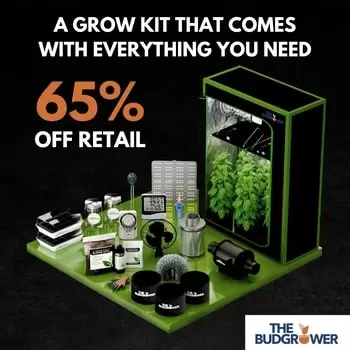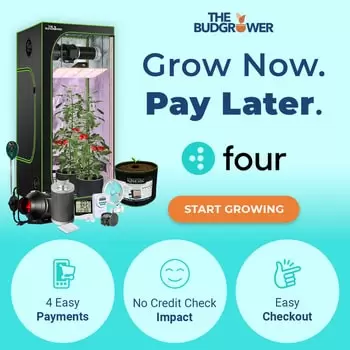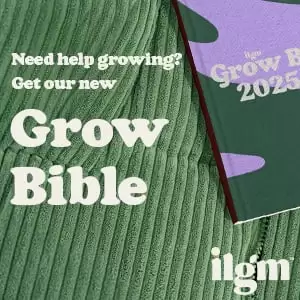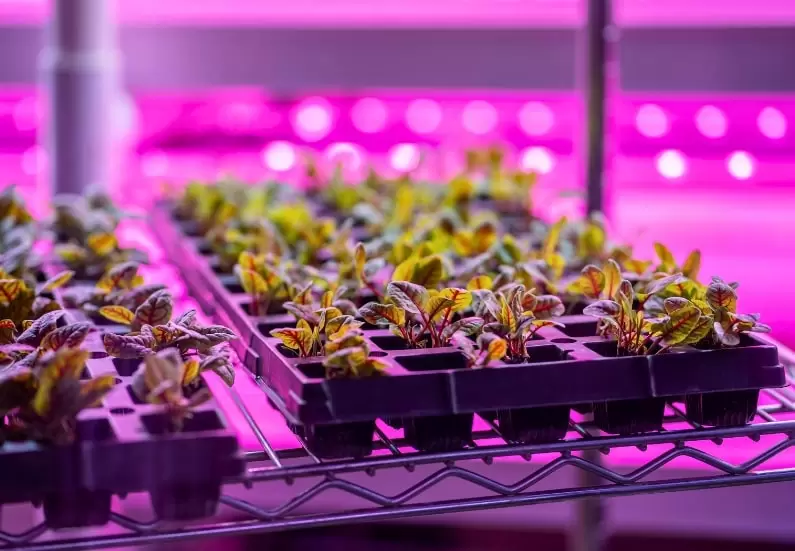
Indoor Grow Box Sizing: How to Pick the Perfect Fit
Choosing the right size for your indoor grow box is crucial for a successful growing experience. Too small, and your plants may not have enough space to thrive; too large, and you risk wasting energy and resources. Whether you’re a first-time grower or an experienced cultivator looking to upgrade, understanding the factors influencing grow box-sizing can make all the difference.
This guide will help determine your plants’ ideal grow box size, space, and goals. From plant count and height to available room in your home, you’ll have everything you need to make an informed choice.
Why Grow Box Size Matters
Grow box size impacts plant health, airflow, and light efficiency. Choosing the right size is key to successful indoor growing.
Impacts on Plant Growth
The size of your grow box directly affects how well your plants grow. A box that’s too small may restrict airflow, limit light distribution, and stunt your plants’ development. Larger grow boxes provide plenty of room for roots, branches, and equipment, but only if your space can accommodate them.
Balancing Efficiency and Space
Choosing the right size helps balance efficiency and functionality. While compact grow boxes are great for conserving space, they might not be suitable for larger or more demanding plants. On the other hand, oversized grow boxes can waste energy and resources if you’re only growing a few plants.
Key Factors to Consider When Choosing a Grow Box Size
When deciding on a grow box size, it’s essential to take these factors into account:
Number of Plants
The number of plants you plan to grow will dictate how much space you need.
- 1-2 Plants: Small grow boxes (16″x 16 ” x 48″) are ideal for compact setups.
- 3-4 Plants: Medium-sized grow boxes (3’x3′) provide enough space for multiple plants.
- 5 or More Plants: Large grow boxes (4’x4′ or larger) are perfect for high-yield setups.
Ensure each plant has enough room for its roots, branches, and leaves to grow without overcrowding.
Plant Height and Growth Style
Different strains and growing styles impact the space you’ll need:
- Indica Strains: These plants are shorter and bushier, making them suitable for smaller grow boxes.
- Sativa Strains: Taller and lankier, sativas require more vertical space.
- Trellising or Training: Low-stress training (LST) or topping can help manage plant height in smaller boxes.
Available Space in Your Home
Measure your available space carefully before purchasing a grow box. Ensure there’s enough room not only for the box itself but also for ventilation and access. Examples include:
- Closets: Compact grow boxes fit easily in closets.
- Garages or Basements: Larger grow boxes work well in open spaces with ample airflow.
- Corners of Rooms: Mid-sized boxes can discreetly fit in unused areas.
Ventilation and Equipment Requirements
Larger grow boxes require more powerful ventilation systems, lights, and carbon filters. Consider a smaller box with compact equipment options if your space is limited. For larger setups, ensure sufficient airflow to prevent heat buildup.
Recommended Grow Box Sizes for Different Growers
The ideal grow box size depends on your experience level and growing goals. Here’s a guide to help beginners, intermediates, and advanced growers choose the perfect setup.
For Beginners
Start with a small, easy-to-manage grow box (16 x 16″ x 48″). These boxes are compact, affordable, and ideal for growing one or two plants with minimal effort.
For Intermediate Growers
Medium-sized grow boxes (3’x3′) are perfect for growers ready to expand their setup. These boxes allow for 3-4 plants and offer more flexibility for experimenting with growing techniques.
For Advanced Growers
Experienced growers can benefit from large grow boxes (4’x4′ or larger) that accommodate more plants and advanced equipment. These setups are ideal for maximizing yield and growing multiple strains.
Common Mistakes When Choosing Grow Box Sizes
Avoiding common mistakes when selecting a grow box size can save you time, money, and frustration. Here are some things to watch out for.
Underestimating Plant Growth
Many growers don’t realize how much space plants need to thrive. A box that seems sufficient at the start can quickly become overcrowded as plants mature.
Overestimating Available Space
Always measure your grow area before buying a grow box. Ensure enough room for ventilation, lights, and easy plant access.
Ignoring Equipment Needs
Remember to account for equipment like fans, lights, and carbon filters. Ensure your grow box has enough space to accommodate all necessary components without cramping your plants.
Tips for Maximizing Space in a Smaller Grow Box
If you have a smaller grow box, use these tips to maximize your space and ensure your plants thrive.
Use Vertical Space
If your grow box is small, use vertical growing techniques. Add shelves, trellises, or netting to support taller plants or maximize usable space.
Optimize Layout
Arrange plants and equipment strategically to make the most of your grow box. Place fans and lights in positions that maximize airflow and light distribution.
Choose Compact Equipment
Select low-profile LED lights, slim ventilation systems, and compact fans to save space without sacrificing functionality.
FAQs
What is the smallest size grow box I can use?
The smallest grow boxes measure about 16″x16″x48″ and are perfect for growing 1-2 plants in tight spaces like closets or small rooms.
How big of a grow box do I need for 4 plants?
A grow box measuring around 3’x3′ is ideal for four medium-sized plants. This size provides enough space for healthy growth and essential equipment.
Can I grow tall sativa plants in a small grow box?
Yes, but you’ll need to use techniques like low-stress training (LST) or topping to manage plant height. Otherwise, opt for a larger box with more vertical space.
Does grow box size affect yield?
Yes, larger grow boxes allow for more plants, better airflow, and optimized lighting, which can increase yield. However, yield also depends on proper care and equipment.
How do I measure the space for my grow box?
Measure the height, width, and depth of your available area. Don’t forget to account for extra room for ventilation and easy access.
What if my grow box doesn’t fit my space?
If your grow box is too small, consider a smaller option or a grow tent, which offers more flexibility in setup and placement.
Conclusion: Choosing the Right Size Indoor Grow Box
The size of your grow box plays a crucial role in your plants’ overall health and growth. A properly sized grow box ensures plants have enough space to thrive while optimizing airflow, light distribution, and equipment placement. Choosing the right size is the first step toward a successful and efficient growing experience.
I got to run: It’s almost 4:20!
More Weed Growing Guides
How to Set Up a Small Indoor Cannabis Grow Room
There’s something wildly charming—bordering on romantic—about turning a closet or unused…
Understanding Light Cycles for Growing Marijuana
Growing marijuana isn’t just about water, soil, and seeds—it’s about rhythm. Light rhythms, to be…
How to Increase Marijuana Plant Yields: 10 Simple Tips
There comes a time in every grower’s life when they look at their cannabis plants and…
Ideal Humidity for Indoor Cannabis: Maximize Growth & Prevent Mold
There’s something about growing cannabis indoors that makes you feel like a mad…
Best Temperature for Growing Weed Indoors: Beginner’s Guide
Growing cannabis indoors is an art and a science. The right temperature can mean the difference…
You May Also Like
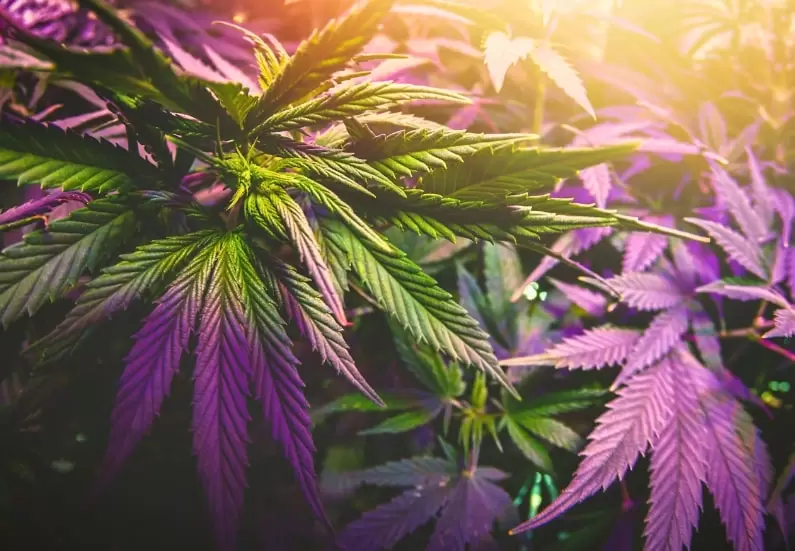
Understanding Light Cycles for Growing Marijuana
Growing marijuana isn’t just about water, soil, and seeds—it’s about rhythm. Light rhythms, to be…
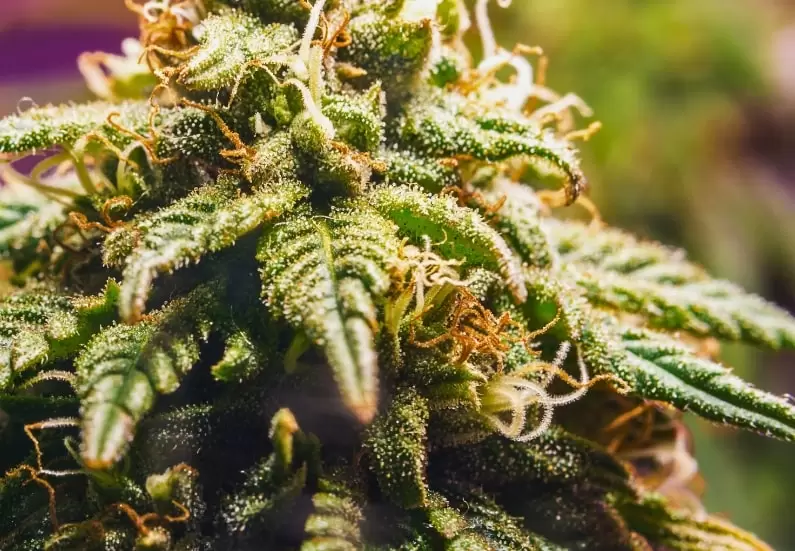
How to Increase Marijuana Plant Yields: 10 Simple Tips
There comes a time in every grower’s life when they look at their cannabis plants and…
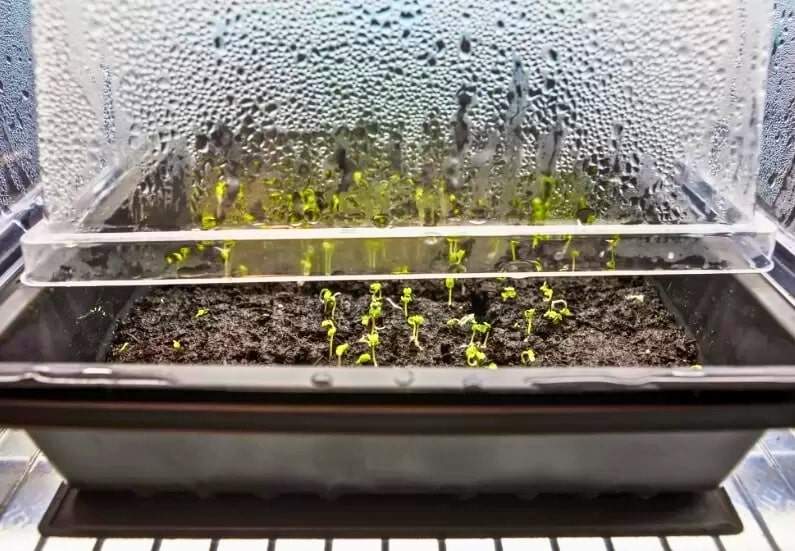
Ideal Humidity for Indoor Cannabis: Maximize Growth & Prevent Mold
There’s something about growing cannabis indoors that makes you feel like a mad…

Best Temperature for Growing Weed Indoors: Beginner’s Guide
Growing cannabis indoors is an art and a science. The right temperature can mean the difference…
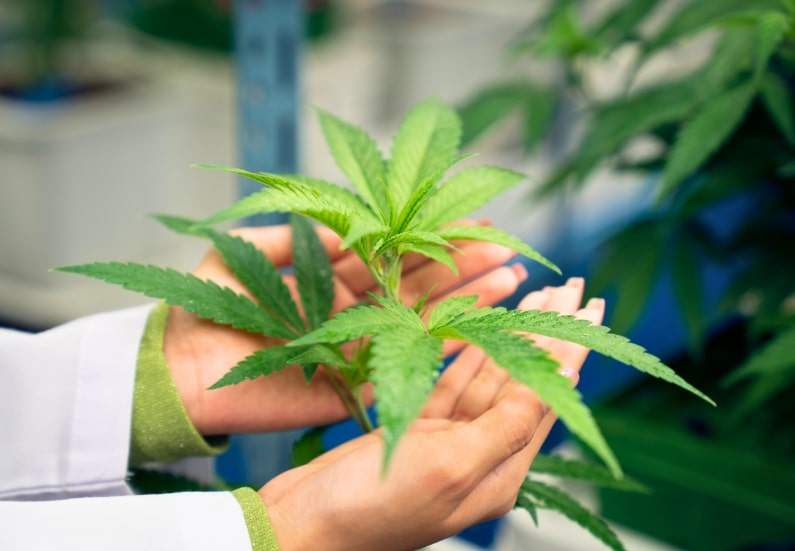
Marijuana Plant Pest Control: Prevention and Management
Cannabis cultivation is a thrilling adventure—right up until the moment you notice tiny, unwelcome…
Most Recent Posts
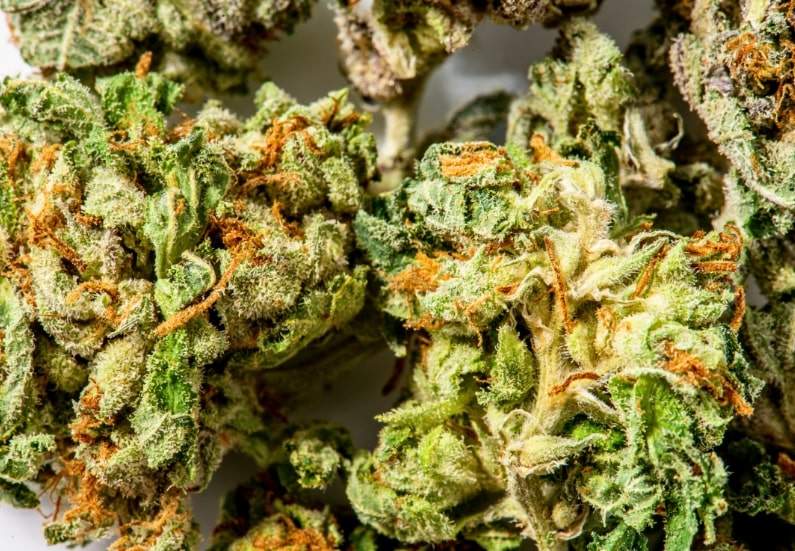
Top 10 Low-Maintenance Cannabis Strains to Grow Indoors
The world of indoor cannabis growing is a place where you can coax leafy green…
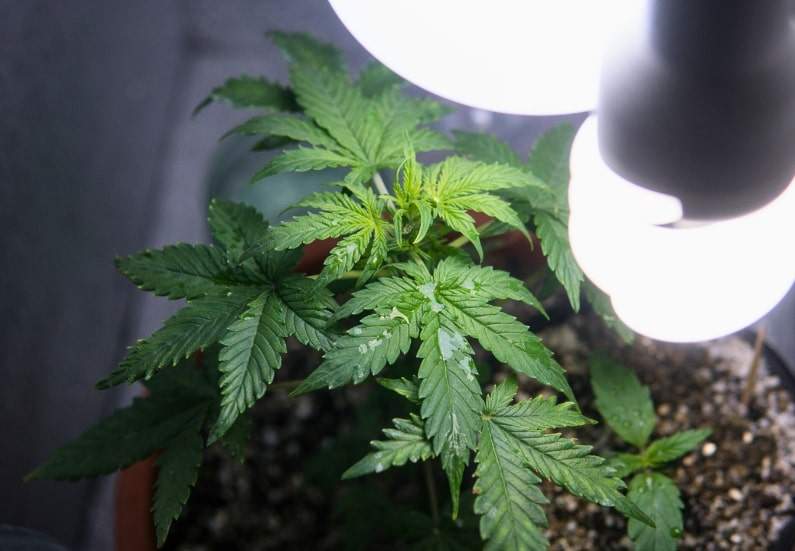
How to Set Up a Small Indoor Cannabis Grow Room
There’s something wildly charming—bordering on romantic—about turning a closet or unused…
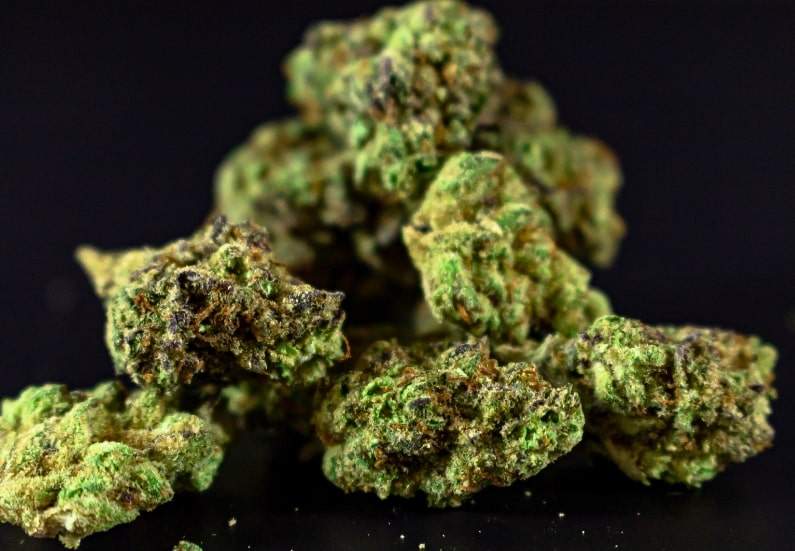
Top 10 Most Popular Hybrid Cannabis Strains (With Effects & Flavor Notes)
If cannabis were a cast of characters in a Broadway play, Indica would be lounging in a velvet…
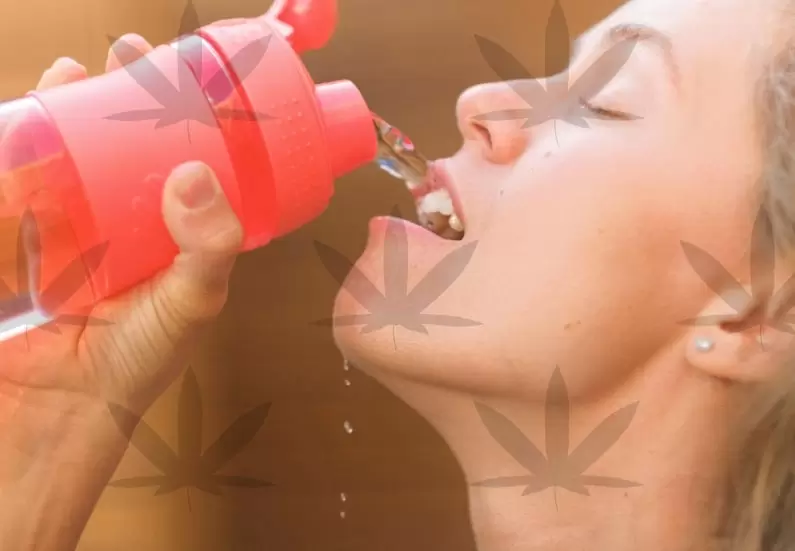
10 Proven Ways to Cure Cotton Mouth When Smoking Marijuana (And Fix It Fast)
Have you ever taken a puff and suddenly felt like your tongue just walked through the…
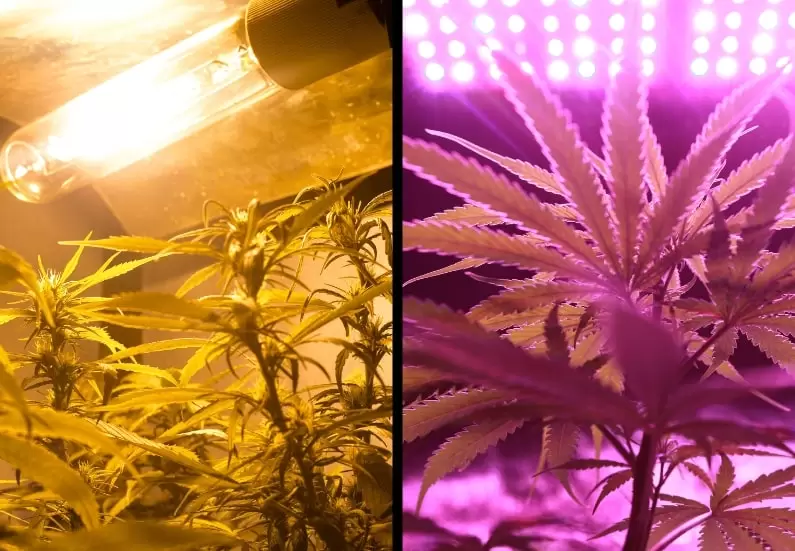
LED vs. HPS Grow Lights: What’s Best for Growing Indoor Cannabis?
So, there I was, face-to-face with my cannabis plants, trying to decode their droopy leaves like a…


